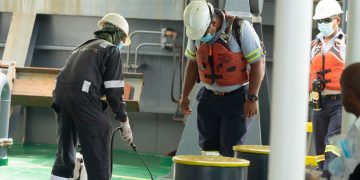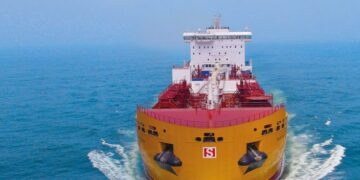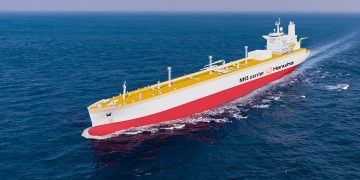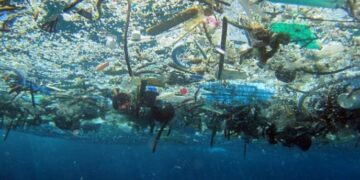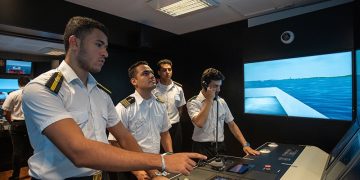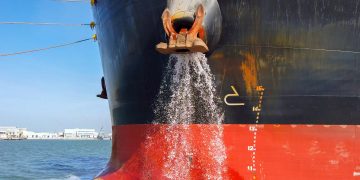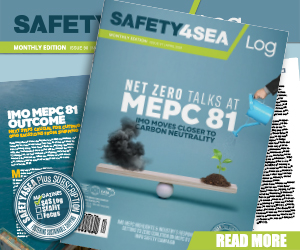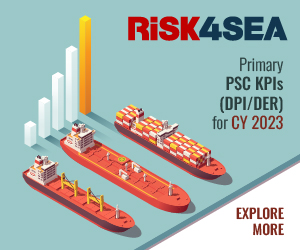The shipping pathogeny of crew abandonment does not seem to end with ILO’s dedicated database recording a total of 95 cases last year, continuing a growing trend of 85 reported in 2020 and 40 in 2019. Even worse, a total of 32 crew abandonment cases have been already reported within 2022, which could exceed the record number of 2021 cases.
Abandonment of seafarers generally describes the action of ship owners or operators to abandon the ship along with its crew in ports far from home without fuel, food and water and without pay for months on end. According to ITF, abandonment occurs either because the shipowners have financial difficulties or because they can make more money by not paying the wages and the bills they owe, i.e., in cases of old ships at the end of their sea life. In some cases, the ship is worth less than the money owed to crew and other debtors.
Abandonment under MLC (2006) occurs when a shipowner:
- fails to cover the cost of the seafarer’s repatriation; or
- has left the seafarer without the necessary maintenance and support; or
- has otherwise unilaterally severed their ties with the seafarer including failure to pay contractual wages for a period of at least two months.
As a result, seafarers may find themselves stuck onboard with limited food supplies, without wages, unable to provide for themselves and their family, without access to medical help and with a constant uncertainty about how and when this will end, causing a huge toll on their mental wellbeing.
Numbers at a glance
- 95 cases involving 1,399 seafarers on 94 different vessels in 2021
- Of these, only 31 have been resolved
- A total of 85 cases in 2020 represents an over 100% increase from the 40 cases in 2019, which means abandonment cases have increased sharply since the pandemic began.
- However, there were only 21 cases directly related to COVID-19 pandemic in 2020-2022
- From the 85 cases in 2020, only 43 have been resolved
Latest action on crew abandonment
A landmark step to resolve the issue was taken in 2014, when the Maritime Labour Convention 2006 (MLC) was amended to require shipowners to have insurance to assist the seafarers on board vessels if they are abandoned. Since January 2017, when the convention entered into force, it is mandatory for the insurance certificate to be posted in a visible place for seafarers to see and should provide the name of the insurer or financial provider, and their contact details. Unfortunately, current figures show that most cases of crew abandonment involve flags that have already ratified the MLC.
The importance of the issue attracted specific attention during the 108th session of IMO’s Legal Committee (LEG 108) last July which discussed a proposal to establish a fund to support seafarers impacted by abandonment. The Committee also established a correspondence group to further develop draft practical guidelines, based on submissions made to the Committee, including a proposed outline to cover legal framework, principles and responsibilities and procedures for port and flag State authorities on how to deal with seafarer abandonment cases.
In the latest session in March 2022 (LEG 109), IMO endorsed the draft guidelines for port State and flag State authorities on how to deal with seafarer abandonment cases The Sub-Committee had also agreed to invite PSC regimes to consider a concentrated inspection campaign (CIC) on financial security related to the 2014 amendments to MLC 2006.
In early 2021, ITF launched an online ship abandonment resource database. This provides details of all current and recently resolved abandonment cases that ITF affiliates, inspectors and secretariat have been dealing with.
How can I protect myself?
ITF advises seafarers to find out as much information as they can about the company and the ship before accepting a position onboard. Helpful resources to this end are:
- The International Labour Organisation (ILO) database on reported incidents of abandonment of seafarers. Sort by “Notification date” to see the occurrences by the date they were reported to ILO. Generally, note that it is better to search by IMO number, as the name of the vessel may always have changed.
- You can also check the Look Up section of the ITF Seafarers website to check if the vessel is covered by an ITF agreement.
- Seafarers who think their ship may have been abandoned can also email ITF Seafarer Support.
- Nautilus International members can contact the N24/7 emergency help services.
For seafarers thinking they are in danger of abandonment, it is critical to not wait too long. Members of IG Clubs have set up 24-hour emergency helplines.
“If your shipowner does not respond, contact the insurance company. The insurance will cover you for up to four months outstanding wages and entitlements in line with your employment agreement or CBA – so don’t leave it too late. If you wait six months to apply, you’ll only receive four months backpay.
The insurance must also cover reasonable expenses such as repatriation, food, clothing where necessary, accommodation, drinking water, essential fuel for survival onboard and any necessary medical care. It will apply from the moment of abandonment to the time of arrival back home









